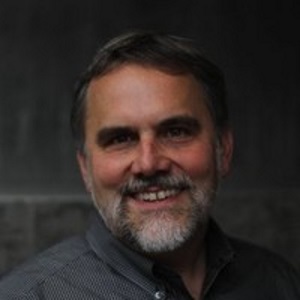2025 marks the 20th anniversary of the launch of zHome, the first ILFI certified Zero Energy community in the United States. This groundbreaking project aimed to make zero carbon living mainstream by demonstrating an array of new, but available, technologies under one roof. Over the last 20 years, the solutions zHome showcased have become much better, more accessible, and less expensive.
Today, the climate crisis is advancing, but so are the solutions. Living a near-zero carbon life is now within reach with manageable efforts. Here’s how:
- Energy Efficiency Solutions: From energy monitors to LED lighting and vacancy switches, affordable efficiency solutions are readily available at your local home improvement store. New products are aggressively reducing standby energy use, making vampire loads a thing of the past.
- Renewable Energy: In most parts of the country, generating your own renewable electricity is now cheaper per kWh than purchasing fossil-fuel-generated electricity from the utility. Additionally, many utilities have a 100% renewable electricity purchase option is available for a nominal cost.
- Heat Pumps: Heat pumps are scaling rapidly and decreasing in cost, including models suitable for cold climates.
- Sustainable Mobility: Infrastructure for walking, biking, and micromobility is improving. Public transit is expanding, and electric vehicles (EVs) have become mainstream. EVs, combined with renewable electricity, offer zero-carbon mobility and are increasingly affordable.
- Sustainable Diets: Vegetarian and low-carbon diets are more accessible and easier to adopt, contributing to lower carbon footprints.
For decades, advocacy and professional communities have diligently crafted a range of sustainability and climate-positive solutions that are now ready for prime time. These innovations enable mainstream individuals to adopt climate-positive lifestyles effectively.
Reflecting on nearly two decades since the zHome project, the collective impact of these communities is substantial. However, many climate-conscious individuals, myself included, still struggle with reducing their carbon footprints. Despite implementing a passive house retrofit, installing a solar array, doing our best to live simply, and owning an electric vehicle, my family’s carbon footprint was higher than expected. Factors like air travel, meat consumption, and high material consumption offset our climate-friendly efforts.
Many in the climate movement excel in certain areas while falling short in others—vegans who love to travel long distances by air, beef eaters who drive gas-guzzlers but rarely leave their locale, or climate activists who attribute their footprint to systemic issues. Why is it challenging to achieve a low-carbon lifestyle despite its relative ease?
The one-two punch of COVID-19 and significant social, political, and cultural shifts have undoubtedly played a role. However, I believe the primary barrier is a lack of accessible information. People are busy and often unsure where to start. Even within decarbonization communities, knowing the right actions can be difficult. After calculating my carbon footprint, I found no comprehensive source prioritizing actionable steps. Many resources were either too broad or too specific.
To address this, I created a website which is a one-stop shop for reducing personal climate impact. The platform is organized around two key themes—what to do and why to do it—covering essential areas like home, mobility, food, and consumption. Prioritized action tiers and a downloadable action checklist help users make meaningful progress.
Launched three months ago, Climate Responsible has received positive feedback and recognition from environmental leaders like Denis Hayes and Bill McKibben. Although the platform is Western and North America-centric, it focuses on places with the largest footprints and greatest responsibility. Amidst global turmoil, those who can act must do so. Collective action can create a virtuous cycle of mainstreaming and normalizing sustainable practices, ultimately reducing costs and improving market readiness.
Climate Responsible isn’t about debating the reality of climate change or the ethics of inaction. It’s for those who understand the urgency of our slow-moving crisis and are ready to take responsibility. I hope you find it helpful and, most importantly, use it. Personal decarbonization within our movement can drive market change, set examples, and catalyze widespread transformation.
Check it out: Climate Responsible. Be sure and sign up for my newsletter if you’d like to stay updated



